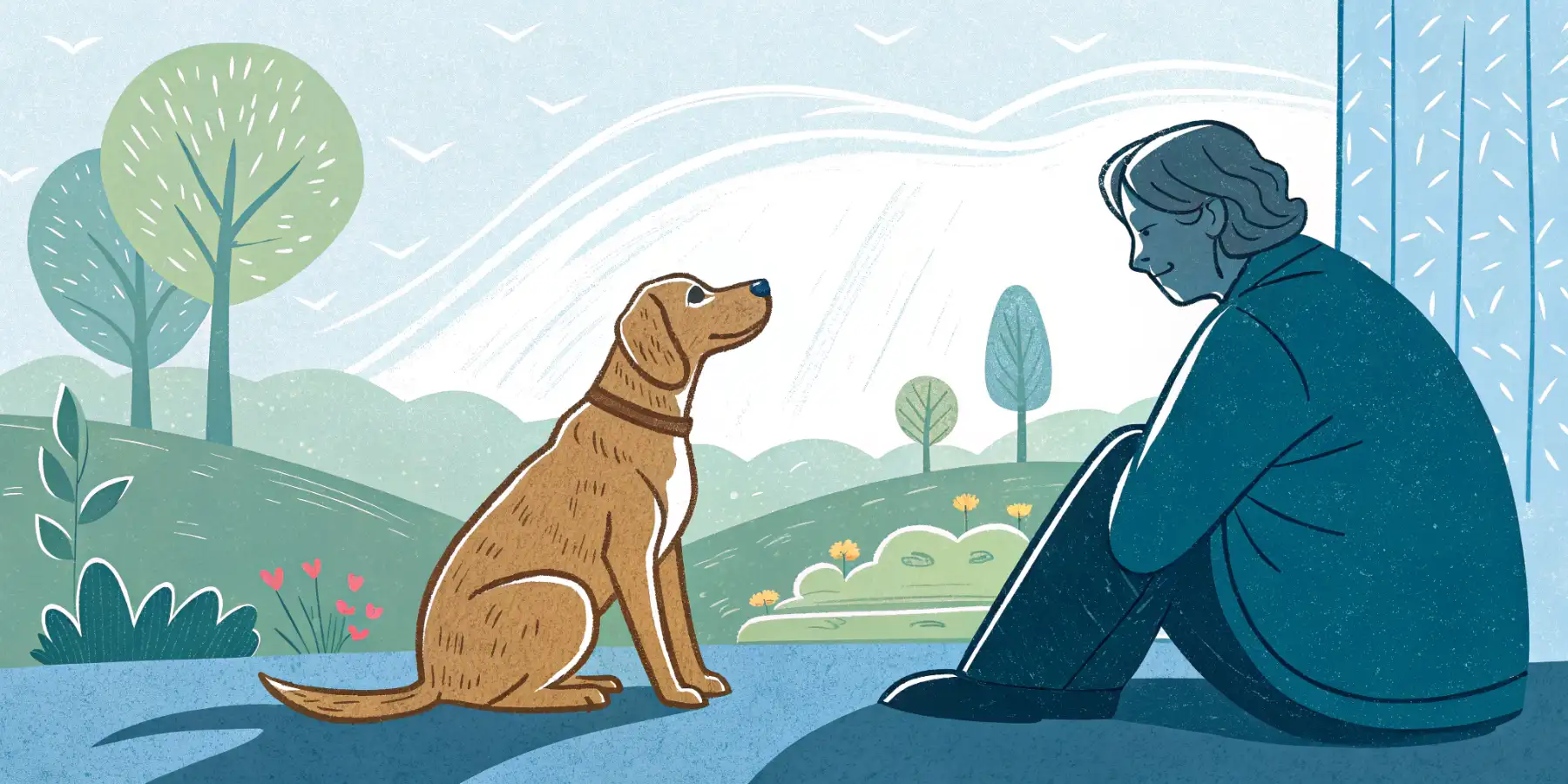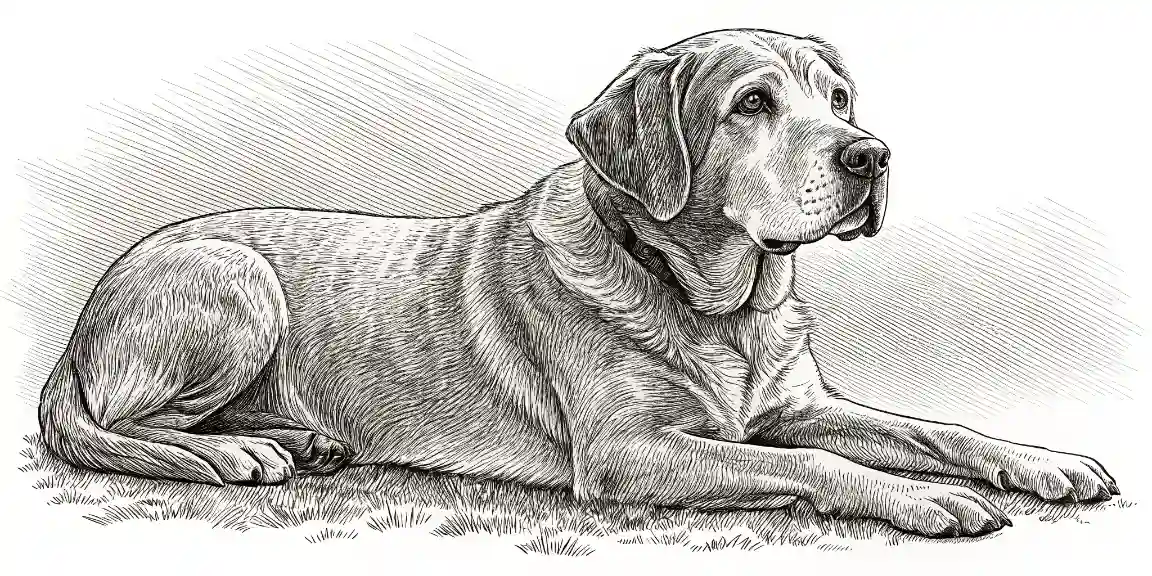
Senior Dog Pain: Signs You Might Be Missing
Is your senior dog slowing down? Don't dismiss it as "old age"! Learn subtle signs of dog pain & how to help them thrive! #seniordog #doghealth
Recognizing Pain in Senior Dogs: Subtle Signs You Shouldn’t Ignore
As our canine companions gracefully age, they often develop aches and pains, much like us humans. However, our dogs can’t simply tell us they’re hurting. It’s our responsibility as loving pet owners to recognize the subtle signs of pain in senior dogs and take appropriate action. Ignoring these signs can significantly impact their quality of life.
In my experience, many owners attribute these changes to “just getting old” but are often surprised by how much better their dogs feel once pain is properly managed. Let’s dive into what to look for, and how you can help your senior dog live a happier, more comfortable life.
Understanding the Challenges of Aging for Dogs
Senior dogs, typically those aged seven years and older (depending on breed and size), are more susceptible to a range of conditions that cause pain. These can include:
- Arthritis: One of the most common causes of chronic pain in older dogs, affecting joints and mobility.
- Hip dysplasia: A genetic condition that can worsen with age, leading to pain and stiffness in the hips.
- Intervertebral disc disease (IVDD): This condition can cause back pain and neurological issues, impacting mobility and bladder/bowel control.
- Cancer: Certain types of cancer can cause pain, either directly or indirectly by pressing on nerves or organs.
- Dental disease: Often overlooked, dental pain in senior dogs can significantly impact their appetite and overall well-being. In fact, I believe that dental health is one of the most underappreciated aspects of senior dog care.
Spotting the Subtle Signs: What to Watch For
Recognizing pain in senior dogs requires keen observation and attention to detail. The signs aren’t always obvious, and some dogs are masters at hiding their discomfort. Here are some key indicators to look for:
- Changes in Activity Level: A decrease in enthusiasm for walks, reluctance to jump on furniture, or difficulty climbing stairs. Is your dog suddenly less excited to greet you at the door, or does it take them longer to get up after lying down? These can be early signs.
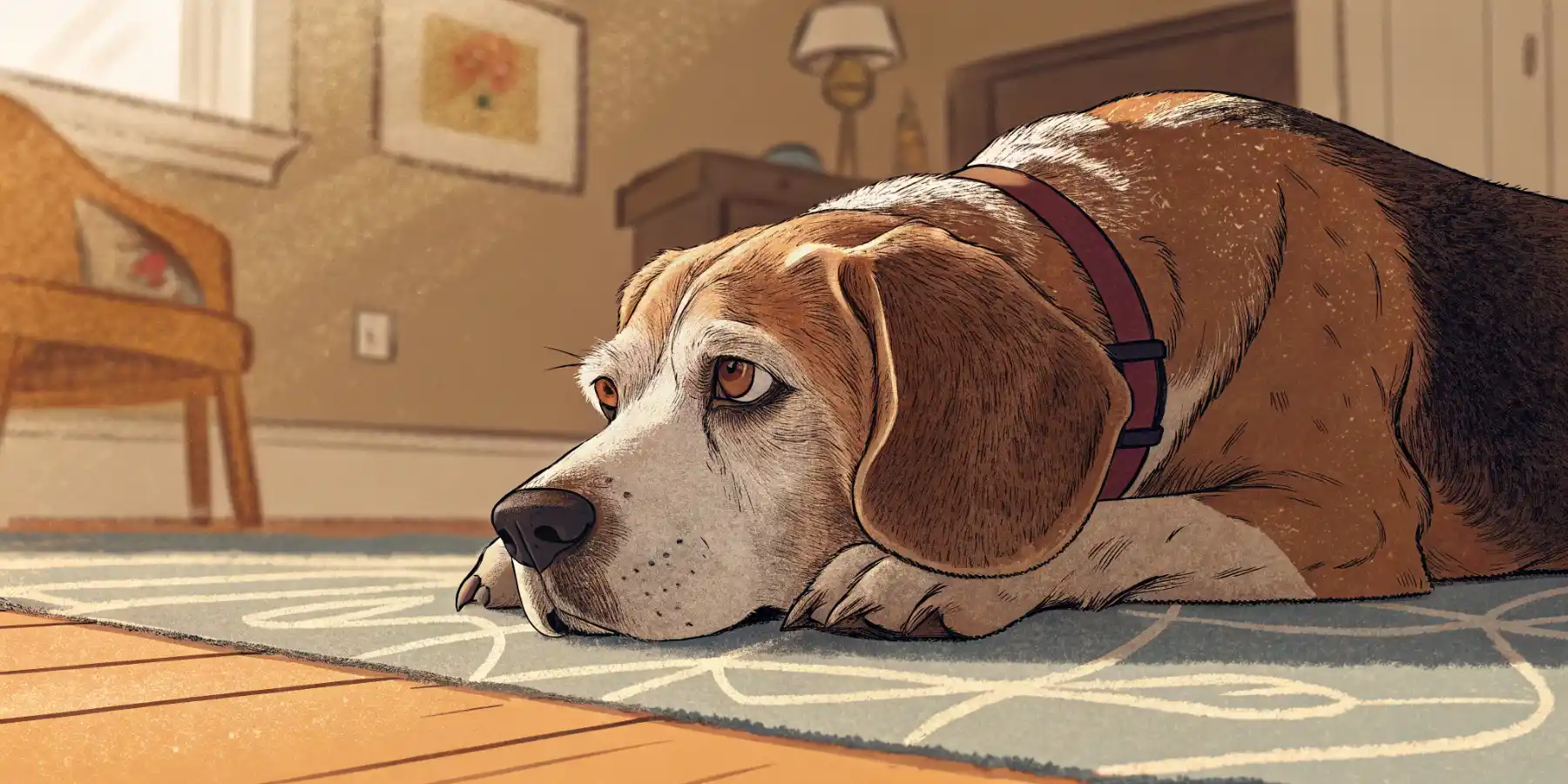
Image: A senior golden retriever struggling to stand up from a lying position. This may indicate joint pain.
-
Altered Gait or Posture: Limping, stiffness, or a hunched back. Pay close attention to how your dog moves, especially after periods of rest. Is there a subtle limp that comes and goes?
-
Behavioral Changes: Irritability, aggression, or increased sensitivity to touch. A dog in pain may become less tolerant of handling, especially around the affected area. They might also become more withdrawn or anxious. A dog who was previously tolerant of children may become aggressive if a child accidentally bumps an area that hurts.
-
Changes in Appetite or Sleep: A decrease in appetite, difficulty eating, or changes in sleeping patterns. Difficulty eating due to dental pain is more common than you might think. Some dogs also sleep more when they are in pain.
-
Vocalization: Excessive panting, whimpering, or groaning. While some dogs are naturally more vocal than others, any increase in vocalization should be investigated.
-
Grooming Changes: Neglecting grooming, especially in areas that are painful to reach. Matted fur or a lack of grooming in specific areas can indicate discomfort.
-
Changes in Bathroom Habits: Difficulty squatting to urinate or defecate, or accidents in the house. Straining to go to the bathroom, or changes in stool consistency, can also be a sign of discomfort.
Taking Action: What To Do If You Suspect Pain
If you suspect your senior dog is in pain, it’s crucial to consult with your veterinarian. Here’s what you can expect:
-
Veterinary Examination: Your vet will perform a thorough physical exam to assess your dog’s overall health and identify potential sources of pain. This may include palpating joints, checking range of motion, and evaluating their gait.
-
Diagnostic Testing: X-rays, blood tests, and other diagnostic tests may be necessary to determine the underlying cause of the pain.
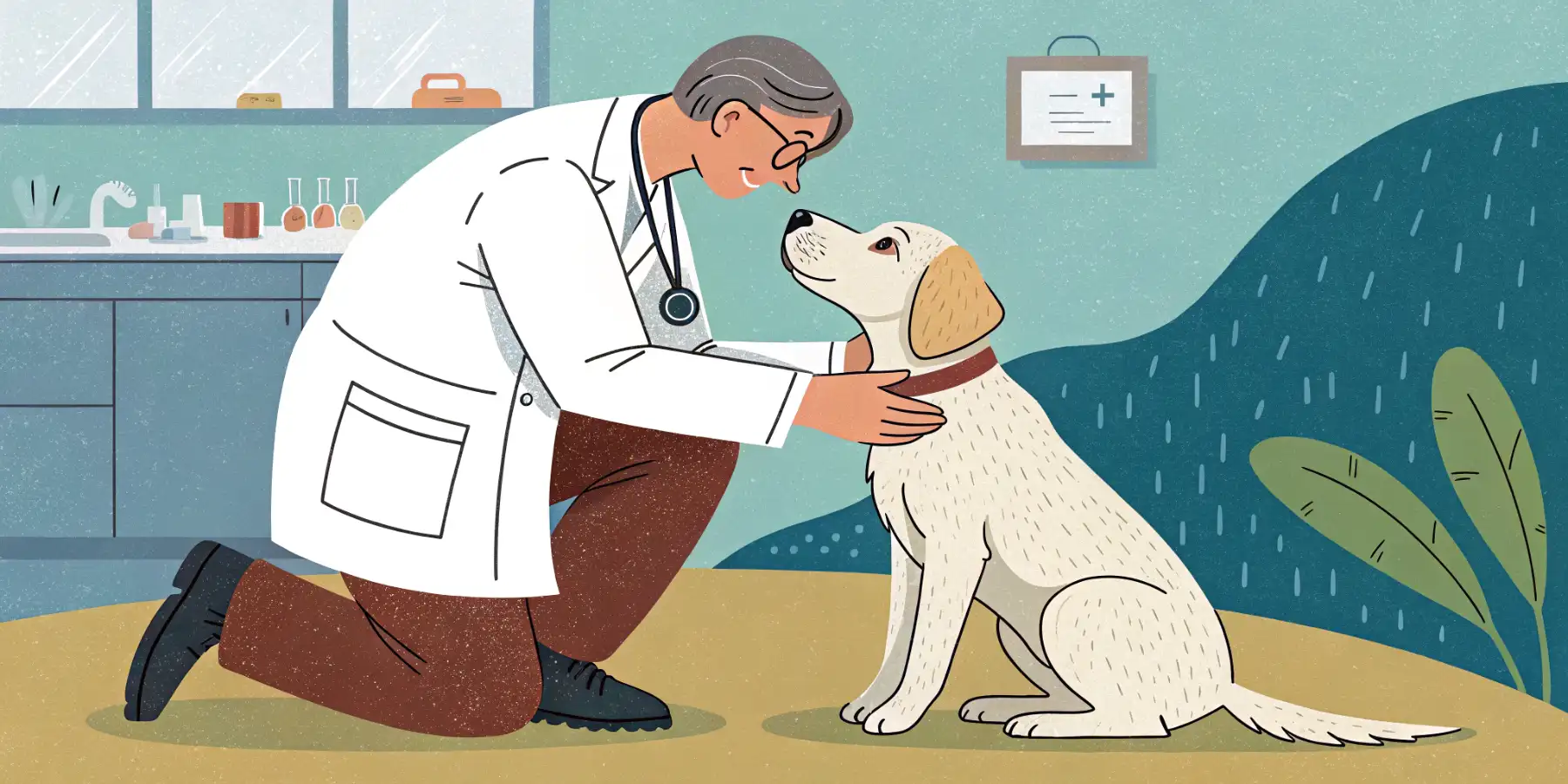
Image: A veterinarian examining a senior dog’s leg, checking for signs of pain or discomfort.
-
Pain Management Plan: Based on the diagnosis, your vet will develop a personalized pain management plan. This may include:
- Medications: Non-steroidal anti-inflammatory drugs (NSAIDs), pain relievers, and other medications to reduce inflammation and alleviate pain. Long-term pain relief for senior dogs often involves a combination of medications.
- Physical Therapy: Exercises to improve strength, flexibility, and range of motion. This can be incredibly beneficial for dogs with arthritis or other musculoskeletal conditions.
- Weight Management: Maintaining a healthy weight reduces stress on joints and can significantly improve mobility.
- Acupuncture and Other Alternative Therapies: Some owners find that acupuncture, laser therapy, or other alternative therapies provide additional pain relief.
- Home Modifications: Ramps, orthopedic beds, and non-slip flooring can make your home more comfortable and accessible for your senior dog. In the case of IVDD, consider elevated food and water bowls.
Creating a Comfortable Environment
Beyond veterinary care, creating a comfortable and supportive environment at home is essential for managing chronic pain in senior dogs.
- Provide a Comfortable Bed: An orthopedic bed provides cushioning and support for aching joints.
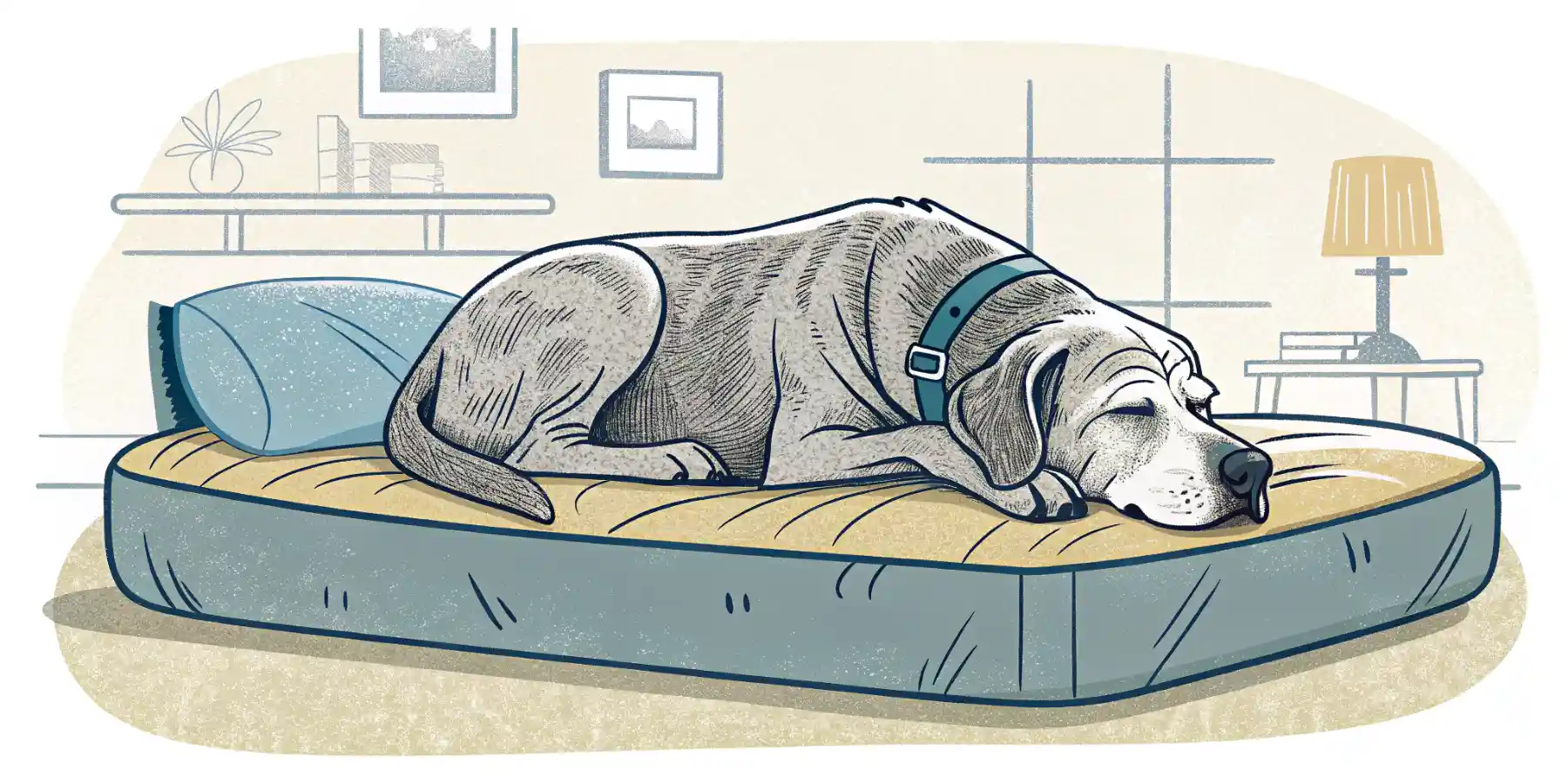
Image: A senior dog sleeping soundly on a comfortable orthopedic bed, providing support for aching joints.
-
Maintain a Consistent Routine: Predictability can reduce anxiety and stress, which can exacerbate pain.
-
Offer Gentle Exercise: Regular, low-impact exercise can help maintain muscle mass and joint flexibility. Short, frequent walks are often better than long, infrequent ones.
-
Be Patient and Understanding: Senior dogs may require more time and patience. Be mindful of their limitations and avoid pushing them beyond their comfort zone.
A Final Thought
Watching our beloved dogs age can be challenging, but by recognizing the subtle signs of pain and seeking veterinary care, we can significantly improve their quality of life. Remember to be observant, proactive, and compassionate. With proper care and attention, your senior dog can enjoy their golden years to the fullest. If you notice your older dog is showing decreased interest in playing, it’s time to consult your veterinarian.

